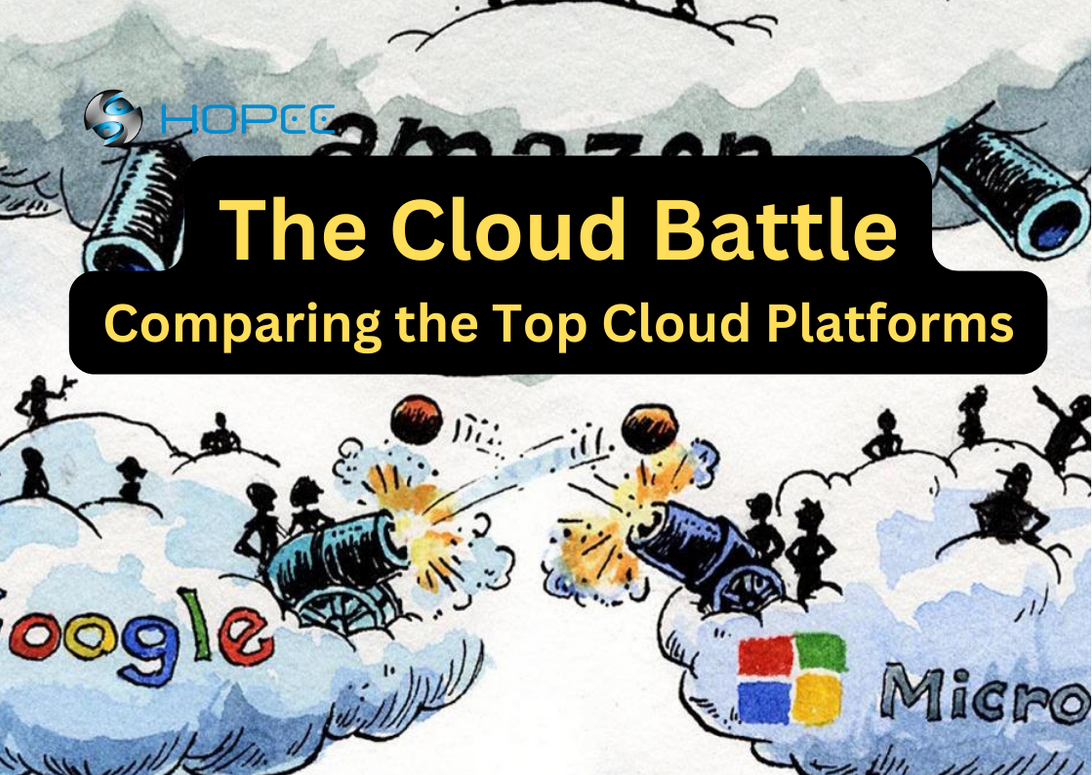Are you tired of big corporations controlling your online data and identity? Do you value privacy and security in your online transactions? If so, Web3 may be just what you’ve been looking for. In this blog, we’ll explore the basics, its benefits and challenges, and its potential applications in various industries. From decentralized finance to social media, it has the potential to transform the way we interact with the internet. So, join us on this journey as we dive into the exciting world of Web3.
1. The Problem with Web2
The current internet, also known as Web2, is centralized, meaning that a few companies control the majority of the information and data on the internet. This leads to issues with privacy, censorship, and trust. For example, if a company decides to censor or restrict access to certain information, they have the power to do so without any real repercussions. This is where Web3 comes in as the solution.
2. What is Web3?
Web3 is the next generation of the internet that is decentralized, meaning that it is not controlled by any one entity or organization. It is built on blockchain technology, which allows for a distributed, peer-to-peer network where users can own their data and have control over their online identities.

3. Benefits of Web3
One of the main benefits is that it offers increased privacy and security for users. Since users own their data and have control over their online identities, there is less risk of data breaches or identity theft. Additionally, it eliminates the need for intermediaries, which reduces transaction fees and speeds up transactions. This makes it easier and more efficient to conduct online transactions, such as buying and selling goods or services.
4. Applications
Web3 has the potential to revolutionize many different industries, from finance to social media to healthcare. Some examples of applications include decentralized finance (DeFi) platforms, where users can borrow and lend cryptocurrency without the need for a centralized intermediary. Another example is social media platforms that are built on Web3, such as Hala and Sapien, which prioritize privacy and user ownership of data.
5. Challenges
While Web3 offers many benefits, there are also challenges to its adoption. One of the main challenges is the current lack of user-friendly interfaces and tools. Many applications are still in the early stages of development and are not yet accessible to the average user. Additionally, there are still regulatory challenges and legal uncertainties surrounding cryptocurrencies and blockchain technology.
6. Pro Tips
If you’re really interested in getting involved in Web3, there are a few things you can do to get started:
- First, educate yourself on blockchain technology and the different Web3 applications that are available.
- Second, start small by investing in some cryptocurrency or participating in a decentralized finance platform.
- Finally, join online communities and forums to stay up-to-date on the latest developments and connect with other enthusiasts.
7. Wrap Up
Web3 represents a significant shift in the way we think about and use the internet. By moving towards a decentralized, user-controlled internet, we can address many of the issues with Web2, such as privacy, censorship, and trust. While there are still challenges to overcome, the potential benefits of Web3 are too significant to ignore. So, if you’re ready to join the revolution, start by taking small steps and educating yourself on this exciting new technology.
Follow us on LinkedIn and Facebook for more insights and updates on Web3!




